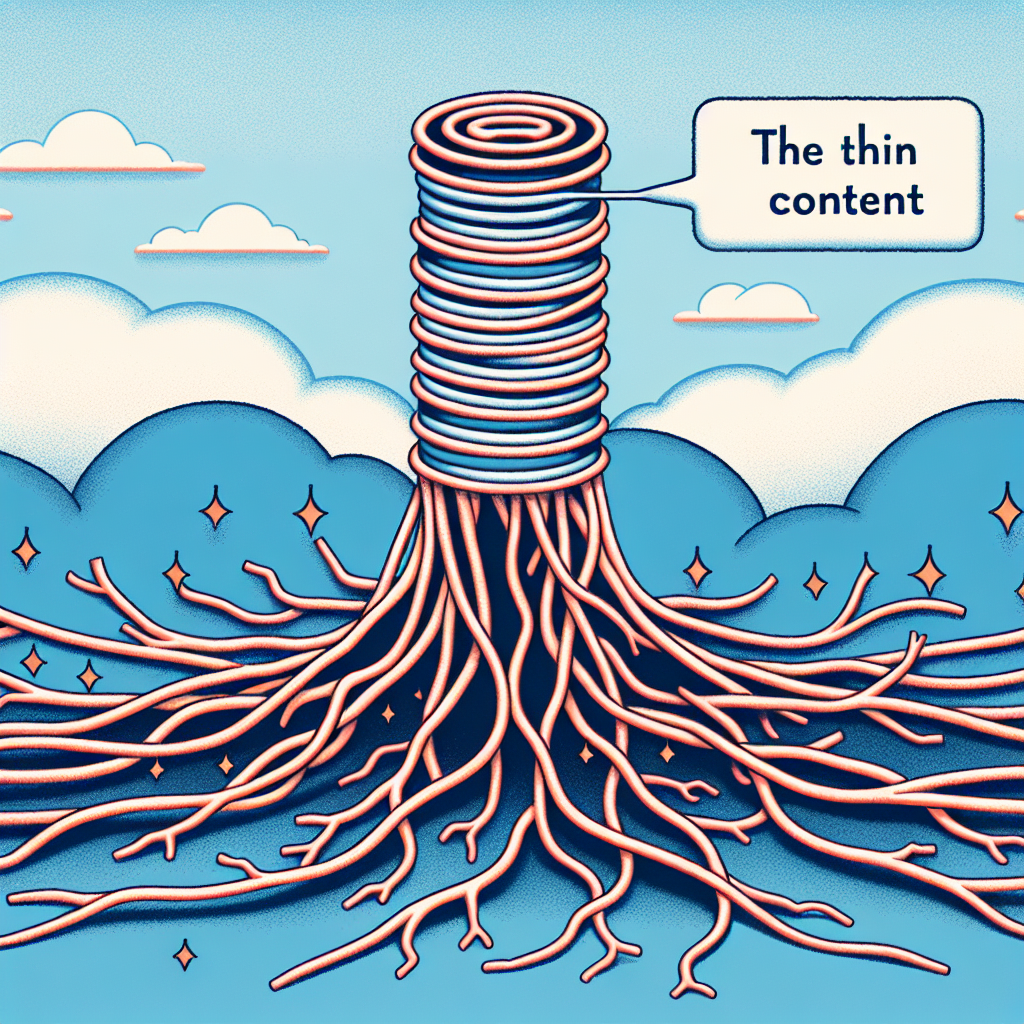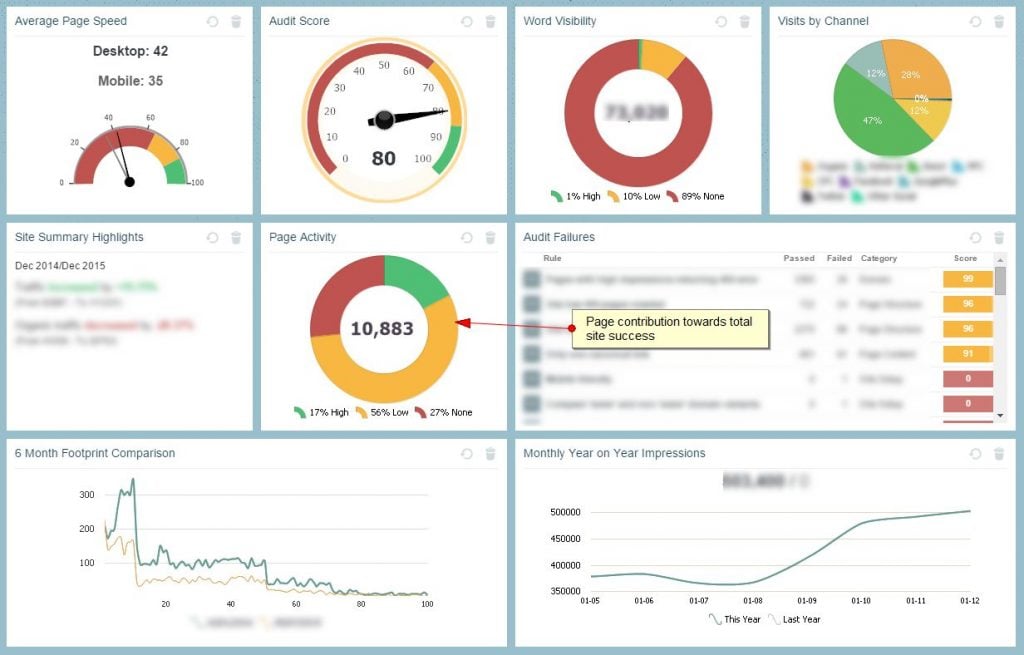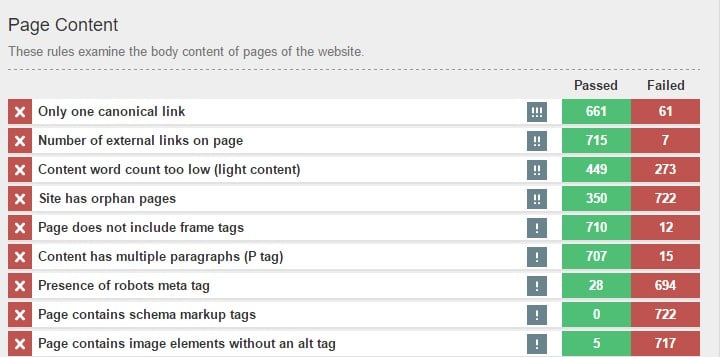Find out why thin content is a major SEO no-no and how it could be killing your website’s traffic.

Image courtesy of via DALL-E 3
Table of Contents
Introduction to Thin Content
Thin content is an essential concept to understand when it comes to creating and managing websites. In simple terms, thin content refers to web pages or articles that lack valuable or substantial information. Think of it like a thin slice of bread – not very filling, right?
Why is it crucial to grasp the idea of thin content? Well, imagine searching for information online, only to come across a website with very little helpful content. It can be frustrating for users looking for answers, and it can also pose challenges for website owners who want to attract and retain visitors. Let’s delve deeper into what thin content is and why it matters.
What is Thin Content?
Thin content is like a snack with little substance – it doesn’t satisfy your hunger for knowledge. When a web page offers minimal information or lacks depth, it falls into the category of thin content. These pages may be short, repetitive, or simply not informative enough to meet the needs of users seeking valuable insights.
Why Should We Care?
Understanding the significance of thin content is vital for both users and website owners. For users, encountering thin content means struggling to find the relevant and detailed information they need. On the other hand, website owners may face challenges in establishing credibility, attracting traffic, and improving their search engine rankings if their content lacks depth and value.
Identifying Thin Content
Thin content is like a snack that doesn’t fill you up – it lacks substance. Some examples include short blog posts with barely any information, web pages that just copy text from other sites, and pages that are overloaded with ads, leaving very little room for useful content.
Signals of Thin Content
If you’re wondering whether a page has thin content, look out for signs like very few words on the page, a lack of images or videos to enhance understanding, or repeating the same information over and over again. These are red flags that the content might not be very helpful.
Problems Caused by Thin Content
Thin content can cause problems for website visitors because it doesn’t provide them with the information they are looking for. Imagine searching for a recipe, and all you find is a short paragraph with no ingredients or instructions. Frustrating, right? Thin content makes it hard for people to get the answers they need quickly and easily.

Image courtesy of via Google Images
For Website Owners
Website owners face their own set of issues when it comes to thin content. Search engines like Google prefer high-quality, informative content. When a website has too much thin content, it can hurt its search rankings. This means fewer people will be able to find the site when searching for relevant topics. Additionally, visitors may lose trust in the website if they consistently encounter shallow or unhelpful content.
The Role of Search Engines
Search engines play a crucial role in helping us find the information we need on the internet. One of the most popular search engines is Google. When you type a question or topic into Google, it scours the web to find web pages that match what you’re looking for.
Search Engine Rankings
Search engines like Google use complex algorithms to decide which web pages to show at the top of search results. They prefer websites with well-written, informative content that answers people’s questions. This is why it’s essential to have quality content on your website to rank higher in search results.
Penalties for Thin Content
If a website has too much thin content, it can face repercussions from search engines like Google. This can include lower rankings and even penalties that make it harder for people to find the website. That’s why it’s crucial for website owners to ensure their content is rich and valuable to visitors.
How to Improve Thin Content
When you have thin content on your website, one of the best ways to improve it is by adding more details. This means including more information that your readers will find valuable. You can do this by incorporating facts, examples, and even personal experiences to enrich the content.

Image courtesy of via Google Images
Using Multimedia
Another effective way to enhance thin content is by integrating multimedia elements. Adding pictures, videos, and infographics can not only make your content more engaging but also help convey information in a more visual and interactive way. This can significantly improve the overall user experience and make your content more attractive to readers.
Creating High-Quality Content
Before you start writing, it’s important to know who you’re writing for. Understanding your audience means knowing what they like, what questions they have, and what kind of information they are looking for. By knowing your readers, you can tailor your content to meet their needs and interests.
Writing with Clarity
When creating content, remember that simplicity is key. Use clear and concise language that is easy to understand. Avoid jargon or complex sentences that might confuse your readers. By keeping your writing straightforward and easy to read, you’ll be able to convey your message effectively.
Examples of Good Content
When it comes to successful blog posts, the key is to provide detailed and engaging content that captures the reader’s attention. Take, for example, a blog post about the benefits of eating healthy. A well-written post would not only list the benefits but also explain why they are important and provide tips on how to incorporate healthier choices into daily life. Including personal anecdotes or success stories can also make the content more relatable and engaging for readers.

Image courtesy of via Google Images
Informative Web Pages
Informative web pages are crucial for providing users with valuable information. For instance, a web page about the history of a popular landmark should not only include basic facts but also delve into the significance of the landmark, its architectural features, and any interesting anecdotes related to its construction. Including high-quality images or videos can enhance the user experience and make the content more visually appealing and engaging.
Conclusion: Keeping Content Strong
Remember, thin content is like a skimpy sandwich – not very satisfying! It lacks the meaty details that readers are looking for and can harm your website’s performance. By understanding what thin content is and why it’s important to avoid it, you can keep your content strong and engaging for your audience.
Ongoing Improvement
Consistently reviewing and enhancing your content is key to maintaining a high-quality website. Keep an eye out for any thin content lurking on your pages and beef it up with more information, multimedia, and engaging elements. Your audience and search engines will thank you for it!
Frequently Asked Questions (FAQs)
What Happens if My Site Has Thin Content?
If your website has thin content, it can lead to lower search rankings and fewer visitors. Search engines like Google want to provide users with the most relevant and helpful information. Thin content doesn’t offer much value to readers, which can result in search engines pushing your site lower in search results. With fewer visitors finding your site, there is a decreased chance of attracting new readers or customers.
How Can I Tell if My Content is Thin?
You can easily determine if your content is thin by checking a few key factors. Firstly, look at the word count – if your articles or pages are very short and lack detailed information, they may be considered thin. Additionally, consider the variety of information provided. Does your content cover a wide range of relevant points, or is it repeating the same basic information? Lack of depth and substance are strong indicators of thin content.
Can I Fix Thin Content?
Absolutely! Thin content can be improved by enriching it with more details and multimedia elements. Adding in-depth information, facts, examples, and personal experiences can help enhance the value of your content. Additionally, incorporating visuals like images, videos, and infographics can make your content more engaging and appealing to readers. By investing time and effort into enriching your content, you can transform thin content into high-quality, informative material that resonates with readers and search engines alike.







